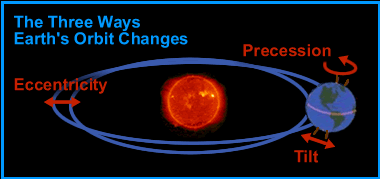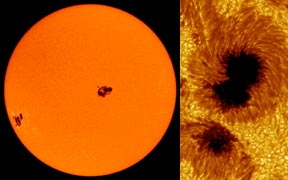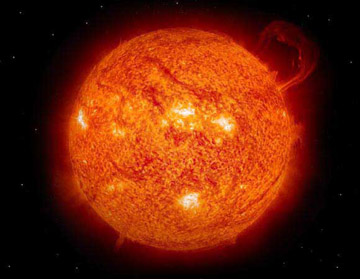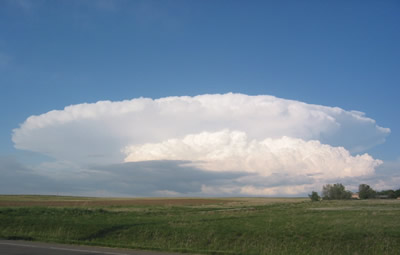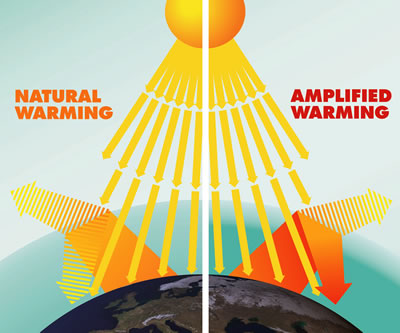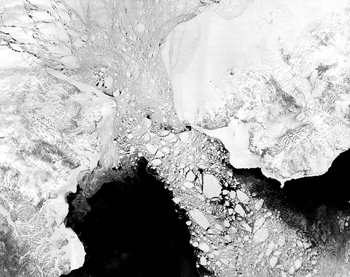Click on image for full size
Windows to the Universe
How the Sun Affects Climate: Solar and Milankovitch Cycles
Earth gets all its energy from the Sun. However, the amount of energy Earth receives is not always the same. Changes in the Sun's intensity and changes in Earth's orbit over thousands of years affect the amount of solar energy that reaches the Earth.The 11-Year Solar Cycle
Sunspots provide clues to the amount of solar activity. When the Sun has fewer
sunspots, it gives off less energy, less energy makes its way to Earth, and
our planet cools down. In the late 1600s, when the climate was cooler for a
time called the "Little Ice Age", people noticed there were no sunspots
for several decades. Over time, scientists have noticed a pattern in the number
of sunspots that they named the Solar Cycle. About every 11 years the number
of sunspots reaches a high and then declines again.
The Milankovitch Cycle
Over thousands of years, changes in the characteristics of Earth's orbit
cause changes in the amount of the Sun's energy that gets to the planet.
Over the past several million years these changes in Earth's orbit have
caused ice sheets to periodically grow and then melt during the glacial times
of the Ice Age.
There are three ways that Earth's orbit changes over time. The effect that all three have together changes the climate in Milankovitch cycles. The three parts of Earth's orbit that change over time are:
- Eccentricity: the shape of the Earth's orbit around the Sun. The eccentricity varies over about 100,000 years between slightly more or less elliptical.
- Precession: Earth wobbles on it axis as it spins completing a full wobble every 23,000 years.
- Tilt: the angle of the Earth's axis relative to the plane of its orbit varies between 21.5 and 24.5 degrees over a period of 41,000 years.
Once the Sun's energy reaches the Earth, several things can happen to it. The energy can be absorbed by the planet, reflected back into space, or become trapped in the atmosphere.


